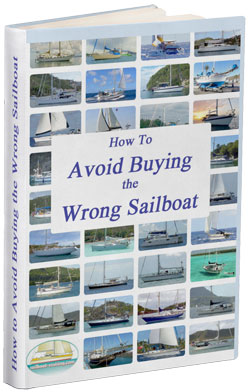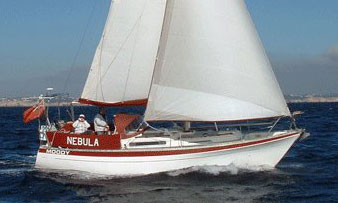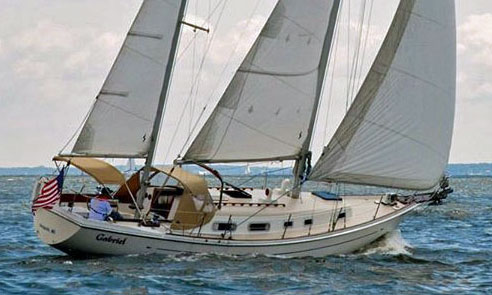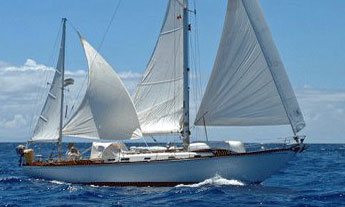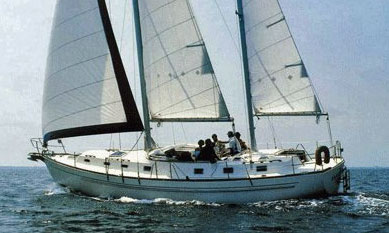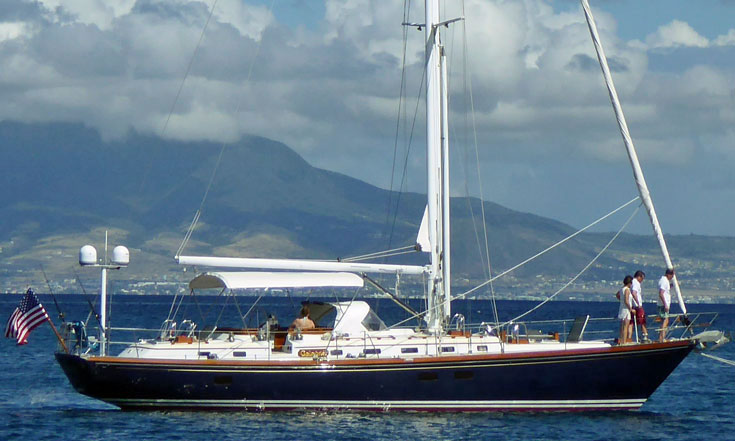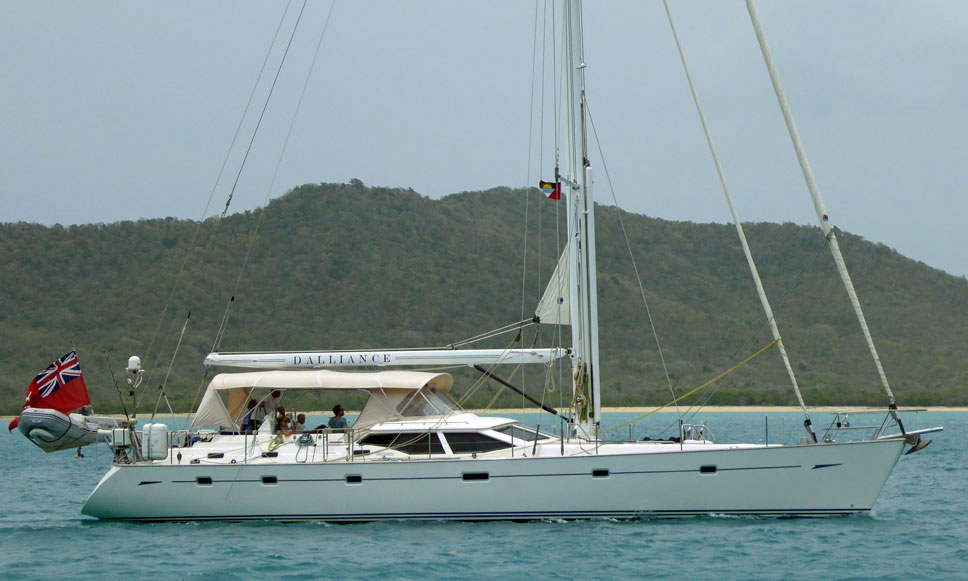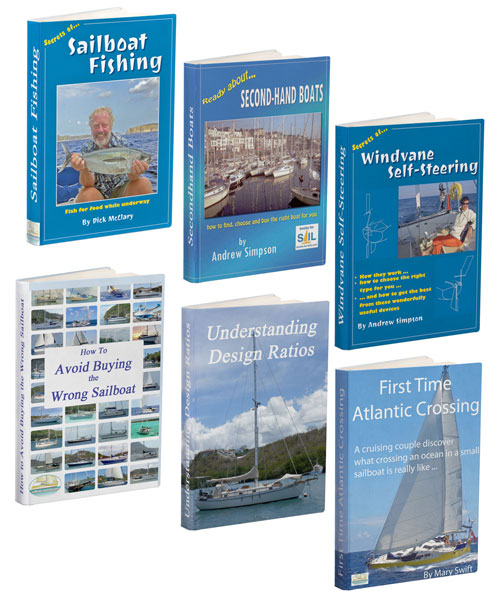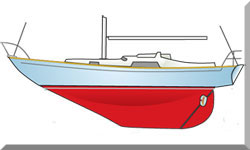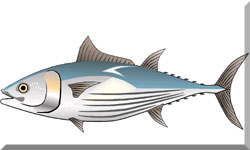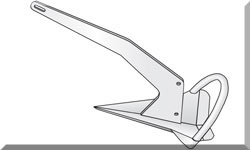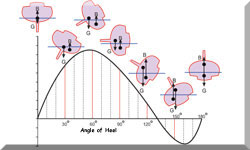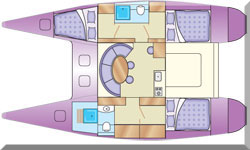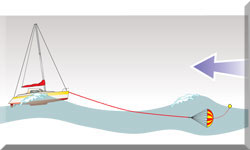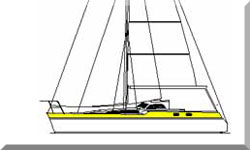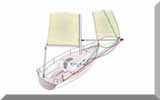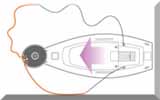- Home
- Cruiser Yachts under 30'
- Hunter 28.5
The Hunter 28.5 Sailboat
The Hunter 28.5 sailboat was designed by the Hunter Design Team and manufactured by Hunter Marine in the United States throughout the years 1985 to 1988.
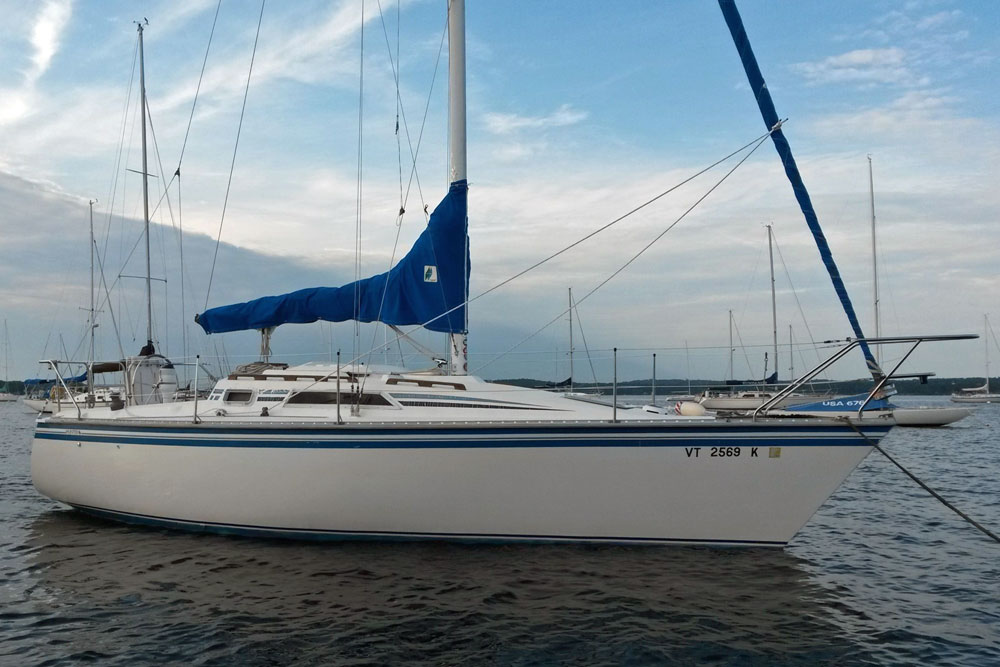 The lack of a backstay on this Hunter 28.5 tells us that it sports a B&R (Lars Bergström and Sven Ridder) rig.
The lack of a backstay on this Hunter 28.5 tells us that it sports a B&R (Lars Bergström and Sven Ridder) rig.Published Specification for the Hunter 28.5
Keel & Rudder Configuration: The Hunter 28.5 features a fin keel with a spade rudder. An optional shoal draft wing keel was also available. The rudder is an internally-mounted spade-type.
Hull Material: The hull is constructed from Fibreglass (GRP).
Length Overall (LOA)*: 28' 5" (8.66 metres).
Waterline Length (LWL)*: 23' 9" (7.24 metres).
Beam*: 10' 6" (3.20 metres).
Draft*:
- Deep Keel: 5' 2" (1.57 metres or 1.58 metres).
- Shoal Draft Keel: 4' 0" (1.21 metres).
Rig Type: Sloop, featuring a Bermuda rig and the patented B&R rigging system.
Displacement*:
- Deep Keel: 7,000 lbs (3,175 kilograms).
- Shoal Draft Keel: 7,100 lbs (3,220.5 kilograms).
Ballast*:
- Deep Keel: 3,000 lbs (1,361 kilograms).
- Shoal Draft Keel: 3,100 lbs (1,406.1 kilograms).
Sail Area (main plus 100% foretriangle)*: 397.40 ft² (36.92 m²)
Water Tank Capacity: 27 US gallons (102.2 litres).
Fuel Tank Capacity: 11.5 US gallons (43.5 litres or 42 litres).
Hull Speed: Approximately 6.53 to 7.4 knots.
Designer: Hunter Design Team.
Builder: Hunter Marine (USA).
Year First Built: 1985.
Year Last Built: 1988.
Number Built: Not known.
* Used to derive the design ratios referred to later in this article - here's how they're calculated...
Options & Alternatives
The primary alternative version or significant variation available was the shoal draft option (wing keel) in addition to the deep fin keel. No other distinct alternative versions were noted to have become available.
The Hunter 28 was introduced in 1989 as a subsequent version, evolving from the Hunter 28.5. Key differences included:
- Transom: The Hunter 28 incorporated a "walk-through" sugarscoop transom, whereas the 28.5 had a more traditional transom.
- Aft Berth: The Hunter 28 featured an aft double berth that was athwartships (across the boat), as opposed to the fore-and-aft arrangement in the 28.5.
- Rig: The Hunter 28 had a taller mast and a fractional rig, which some consider easier to handle for single-handed sailing. In contrast, the 28.5 maintained a masthead rig, allowing for larger headsails and potentially better light air performance.
Sail Areas & Rig Dimensions
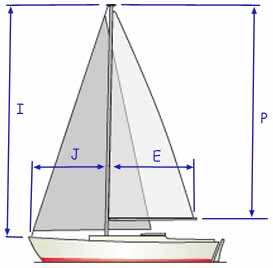 Sail Areas & Rig Dimensions
Sail Areas & Rig DimensionsSail Areas
- Mainsail Area: 171.93 ft² (15.97 m²).
- Foresail Area (100% foretriangle): 225.47 ft² (20.95 m²).
- Total Sail Area: 397.40 ft² (36.92 m²).
Rig Dimensions
- I (Foretriangle Height): 37' 4" (11.38 metres).
- J (Foretriangle Base): 12' 1" (3.68 metres).
- P (Mainsail Luff): 31' 9" (9.68 metres).
- E (Mainsail Foot): 10' 10" (3.30 metres).
Published Design Ratios
The Key Performance Indicators (KPIs)
The published design ratios for the Hunter 28.5 are:
- Sail Area/Displacement Ratio (SA/D): 17.5
- Ballast/Displacement Ratio (B/D): 42.9%
- Displacement/Length Ratio (D/L): 233
- Comfort Ratio: 18.8
- Capsize Screening Formula (CSF): 2.2
Theoretical Sailing Characteristics
The design ratios provide theoretical insights into the Hunter 28.5's sailing characteristics:
- Sail Area/Displacement Ratio (17.5): This ratio suggests the Hunter 28.5 is well-powered for a cruising sailboat. In suitable wind conditions, it should be able to reach its theoretical hull speed fairly easily and deliver satisfying sailing performance for most recreational sailors.
- Ballast/Displacement Ratio (42.9%): With a relatively high ballast ratio, the Hunter 28.5 is indicated to have good initial stability. This means it should stand up well to its sails in stronger winds, contributing to its ability to power through waves with less excessive heeling.
- Displacement/Length Ratio (233): This places the Hunter 28.5 in the moderate displacement category. Boats in this range are typically designed to balance speed with the ability to carry cruising gear comfortably. They tend to handle choppy seas reasonably well and offer a smoother ride than lighter displacement boats.
- Comfort Ratio (18.8): Ted Brewer's Comfort Ratio aims to predict the motion comfort of a boat in a seaway. A ratio of 18.8 suggests the Hunter 28.5 will have a motion similar to that of a coastal cruiser with moderate stability. This may not be the most comfortable motion for individuals particularly prone to seasickness, especially in rougher conditions.
- Capsize Screening Formula (2.2): This formula is a simple indicator of a boat's resistance to capsize. A CSF of 2.0 or higher is generally associated with a lower resistance to capsize in strong winds and heavy seas, making the boat less suitable for extensive offshore or ocean passage-making. The Hunter 28.5's CSF of 2.2 therefore suggests it is better suited for coastal cruising rather than demanding blue-water voyages.
But the Design Ratios Don't Tell the Whole Story...
While design ratios offer a convenient way to compare sailboats, they have significant limitations in fully defining a boat's sailing characteristics:
- Static vs. Dynamic: Ratios are based on static measurements (e.g., length, displacement, sail area) and don't account for dynamic factors. These include the actual conditions at sea (wave action, wind gusts, currents), the specific hydrodynamic properties of the hull, keel, and rudder shapes, or how weight is distributed on board and shifts during sailing.
- Lack of "Feel": Ratios can't convey the subjective experience of sailing a boat, such as its helm balance (whether it tends to turn into or away from the wind), its responsiveness to the rudder, or its ability to sail efficiently close to the wind (pointing ability).
- Contextual Relevance: The interpretation of ratios is highly dependent on the boat's intended use. A high Sail Area/Displacement ratio might be desirable for racing in light airs but could indicate an overpowered boat for comfortable cruising in strong winds.
- Oversimplification of Design Elements: Ratios often oversimplify complex design elements. For instance, the B&R rig on the Hunter 28.5 (with swept-back spreaders and no backstay) has unique characteristics that a simple rig type classification or I, J, P, E dimensions alone don't fully capture. Modern keel and rudder designs, bulb keels, and other innovations aren't adequately reflected in basic ratios.
- Subjectivity of Comfort: While the Comfort Ratio provides a numerical value, individual comfort levels are subjective. What one sailor finds comfortable, another might find unsettling.
- Capsize Screening as a Basic Tool: The Capsize Screening Formula is a preliminary indicator and not a comprehensive assessment of a boat's stability or seaworthiness. True stability analysis involves complex stability curves that detail a boat's behaviour at various angles of heel and under different loading conditions. A higher CSF merely suggests less initial resistance to capsize, but doesn't preclude a boat from being safe in certain heavy weather scenarios, depending on its overall design and the skill of the crew.
- Ignores Build Quality and Maintenance: Ratios offer no insight into the actual construction quality, the integrity of the rigging, the condition of the sails, or the level of maintenance a particular boat has received, all of which critically impact its real-world performance and safety.
- Environmental Factors: They don't account for the specific sailing environment, such as typical wind strengths, sea states, presence of strong currents, or the availability of safe harbours, all of which influence a boat's suitability and performance.
More Specs & Key Performance Indicators for Popular Cruising Boats
Recent Articles
-
Hans Christian 43: Classic Bluewater Cruiser & Liveaboard Sailboat
Dec 10, 25 04:37 AM
Explore the Hans Christian 43: a legendary heavy-displacement, long-keel sailboat. Read our in-depth review of its specs, design ratios, and suitability for offshore cruising and living aboard. -
Planning Your Sailboat Liveaboard Lifestyle: An Ocean Sailor's Guide
Dec 06, 25 05:18 AM
Seasoned sailors share their methodical risk analysis for planning a secure Sailboat Liveaboard Lifestyle, covering financial, property, and relationship risks. -
Marine Cabin Heaters: The Expert’s Guide to Comfort & Safety at Sea
Dec 05, 25 06:52 AM
Choose the best Marine Cabin Heaters for your vessel. Expert advice on diesel, paraffin, and hot water systems for year-round cruising comfort.
